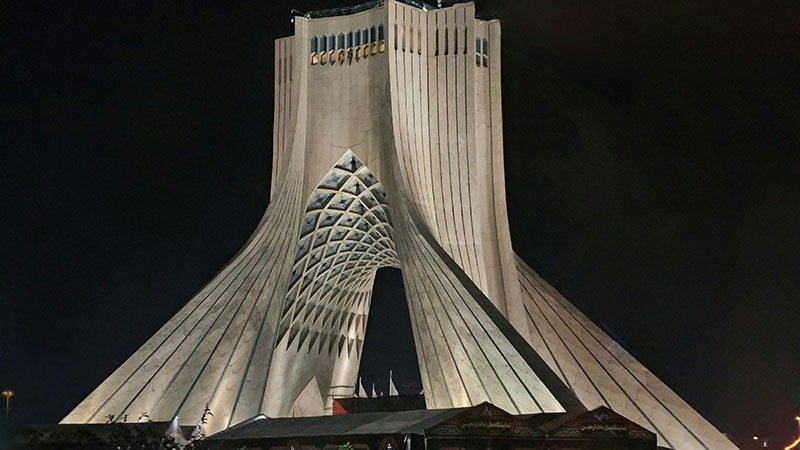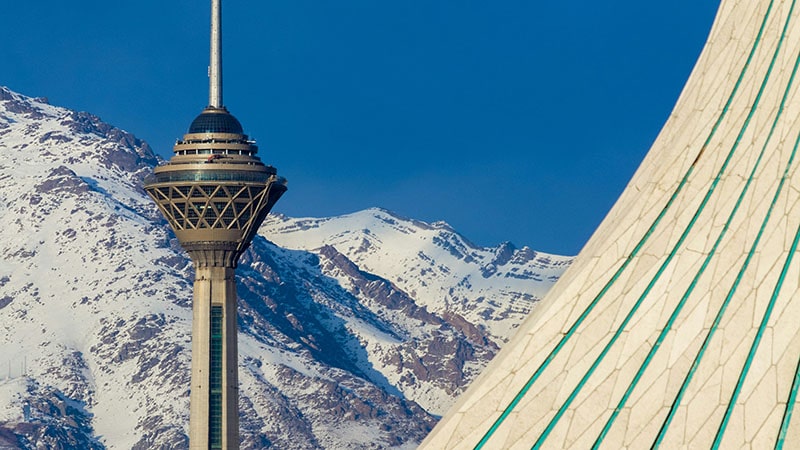Overview of Iran’s Telecommunication Landscape in 2025
In 2025, Iran’s telecommunications infrastructure has seen significant improvements despite various international restrictions. The country boasts extensive mobile network coverage in urban and many rural areas. Major operators like Hamrah-e Aval (MCI), Irancell, and Rightel dominate the market, offering a range of prepaid and postpaid plans for tourists and residents alike. Understanding how to navigate these options can save time, money, and ensure you stay connected throughout your trip.
Buying and Registering a SIM Card in Iran
Tourists can easily purchase SIM cards at airports, mobile operator shops, or authorized kiosks across major cities. Iranian law requires SIM card registration using a valid passport, so always carry yours when buying. Registration is quick and typically completed on the spot. Prepaid SIM cards are the most popular for travelers, allowing flexibility and no long-term commitment.
Mobile Network Coverage and Speeds
The major networks provide 4G LTE coverage in most cities and many towns, with 5G services gradually rolling out in Tehran and some other metropolitan areas. Speeds are adequate for streaming, video calls, and browsing, though peak hours may see some slowdowns. Coverage in remote mountainous regions or deserts can be patchy, so plan accordingly.
Internet Access Options Beyond SIM Cards
Free Wi-Fi hotspots are commonly found in cafes, hotels, airports, and shopping malls in large cities. However, many public Wi-Fi networks require registration or come with bandwidth limits. Many accommodations now offer high-speed internet, so confirm availability before booking. For longer stays, portable Wi-Fi devices can be rented or purchased.
Popular SIM Card Packages and Pricing
Prepaid plans often come with data bundles ranging from 5GB to 50GB, with prices varying between 200,000 to 1,200,000 Iranian rials (approx. $5 to $30 USD). Voice and SMS packages can be added separately. Some operators offer tourist SIM cards that bundle data and calls optimized for short-term visitors.
Using Your Phone in Iran: Tips and Tricks
- Ensure your phone is unlocked before arrival to use Iranian SIM cards.
- Check network compatibility, especially if using 5G or newer technology.
- Download VPN apps before arriving, as many websites and apps may be restricted.
- Keep your passport handy when buying or recharging SIM cards.
- Use mobile apps from Iranian operators for top-ups and managing your account.
Internet Restrictions and How to Navigate Them
Iran has internet filtering that blocks some social media platforms, news sites, and messaging apps. Popular international apps like Instagram and WhatsApp are generally accessible, but services like Facebook, Twitter, and YouTube may require VPNs. Using a VPN is common among locals and tourists to maintain open access, but be aware of legal considerations.
Emergency and Travel Apps Recommended in Iran
Several local apps are useful for tourists, including ride-hailing services like Snapp and Tap30, travel guides, and local taxi apps. Many public services and banks have Persian-only apps, so consider language barriers. Google Maps works well in urban areas, but offline maps are recommended for remote travel.
Summary: Staying Connected Made Easy
Navigating Iran’s connectivity landscape in 2025 is straightforward when prepared. Purchasing a local SIM card, understanding data packages, and having VPN tools ensure uninterrupted communication and access to essential services. With these tips, travelers can enjoy their Iranian adventure while staying reliably connected.
For personalized assistance with mobile connectivity and other travel needs, contact Honest Guide Iran. Reach out now for support tailored to your trip.


